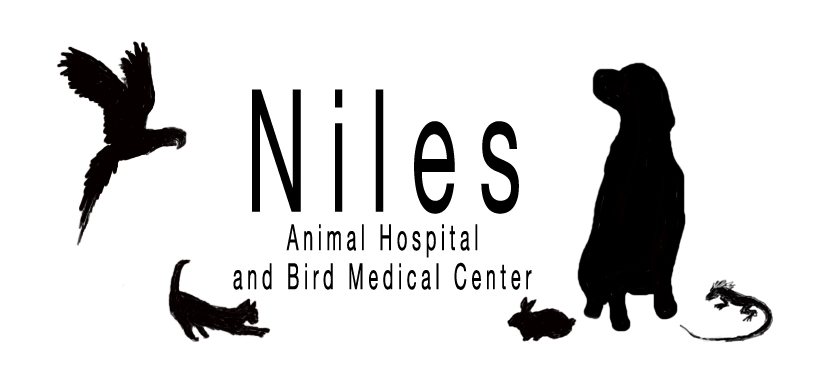Dog Yawns – A Learned Behavior?
From the AVMA Pet Health SmartBrief
Puppies Learn to Catch Yawns As They Grow

|
| This Hungarian Vizsla is either really sleepy or just spied its owner yawning. |
Watching someone else yawn can be a one-way ticket to doing the same. Now, research finds that the same is true for dogs — but not puppies.
In fact, dogs become more susceptible to the contagion of yawning as they age, a pattern that holds true for human children, as well. Kids begin to yawn in response to seeing others yawn at around age 4, the same time they become adept at understanding another’s emotions. A similar process might underlie contagious yawning in dogs, according to the new study, published online Oct. 18 in the journal Animal Cognition.
Dogs were first found to “catch” yawns in 2008, when a study on 29 pet dogs found that 72 percent yawned after watching their owners do so. Follow-up studies failed to replicate the results, but in 2012, another study found that dogs could catch yawns from sound alone. The same research suggested that dogs were more likely to catch their owner’s yawn than a stranger’s.
But questions remained, in part because dogs display both “sleepy yawns” — the type we tend to think of as contagious — and tension yawns, which broadcast anxiety. It wasn’t clear whether the dogs were really unconsciously mimicking the yawns or merely reacting to the disembodied sound of their owner’s yawns with stress.
Yawning and empathy
Contagious yawning is important because it may indicate empathy, a trait that is contested in non-human animals. Lund University researchers Elainie Alenkaer Madsen and Tomas Persson wanted to find out if empathy is at the bottom of canine yawning.
They tested 35 ordinary pet dogs, ages 4 months to 14 months. Puppies were chosen because in humans, empathetic abilities develop over time.
Each dog went through two experiments. In one, their owner played with them quietly for five minutes and then mimicked the gaping facial expression of a yawn without the inhalation, exhalation or noises. After another few moments of play, the owner faked a much more convincing yawn, complete with sounds. A day later, the same sequence was repeated, except this time the researcher, an unfamiliar face, interacted with the dog.
The quiet play sessions were designed to soothe the dogs, preventing any tension-type yawns. The researchers also watched for other signs of anxiety, such as lip-licking or whining, and discounted yawns made in conjunction with those behaviors. [Video: Watch dogs mimic researcher’s yawns]
Doggie yawns
The final yawn tally revealed that 69 percent of the dogs yawned in response to human yawns, backing up the results of the original 2008 yawning study. But when the results were broken out by age, dogs under 7 months showed little evidence of contagious yawning. These puppies showed a delayed yawn response, with 39 percent yawning sometime in the five minutes after seeing the experimenter yawn, but not right away. Almost half of puppies also yawned in response to the unconvincing open-mouth fake yawn, while no adult dogs did.
The contagiousness of a yawn wasn’t affected by whether it was produced by a familiar person (the owner) or an unfamiliar one (the researcher).
It’s not yet clear what dogs feel when they’re yawning, but the researchers noted that the contagious yawns may have come with a side of sleepiness: About half of dogs responded to yawning by becoming noticeably calmer.
Adult chimpanzees and other non-human primates also catch yawns from one another, multiple studies have found. This ability may reflect “affective empathy,” or understanding of mood and emotion, but not necessarily “cognitive empathy,” or an understanding of someone’s thoughts and motivations, the researchers wrote. The former, simpler, type of empathy could develop over time in dogs as it does in humans, they concluded.
Follow Stephanie Pappas on Twitter @sipappas or LiveScience @livescience. We’re also on Facebook & Google+.
